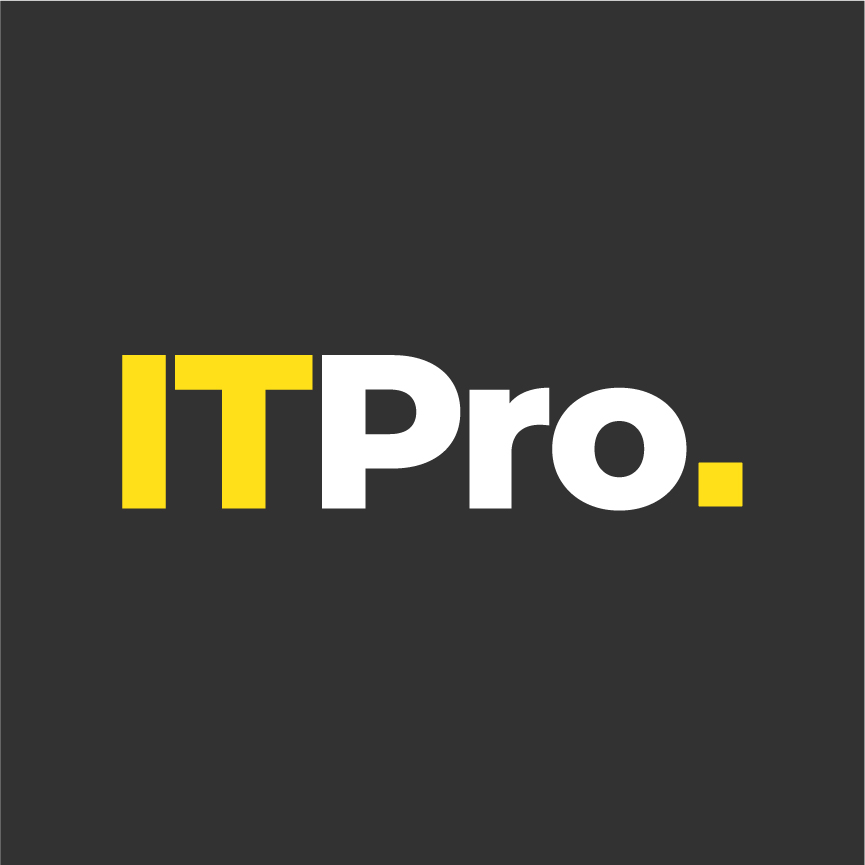Sponsor Content Created With Zscaler
What does modern security success look like for financial services?
As financial institutions grapple with evolving cyber threats, intensifying regulations, and the limitations of ageing IT infrastructure, the need for a resilient and forward-thinking security strategy has never been greater

Financial institutions are navigating a complex and often perilous landscape. While striving for innovation and efficiency, they face mounting external pressures, the critical need to safeguard data, and a labyrinth of regulatory demands.
The very legacy systems that once formed their bedrock now often hinder progress. Amidst these multifaceted challenges, adopting a modern security framework such as zero trust enables financial organizations not only to safeguard their assets but also to flourish in a digital-first environment.
The financial services sector is a prime target for cybercriminals, making robust security a non-negotiable imperative. The industry contends with a host of external pressures, not least of which are budget constraints that demand more stringent and effective security measures from already stretched resources. This financial balancing act is complicated by the relentless evolution of cyber threats, from sophisticated phishing and ransomware attacks to insider threats.
At the heart of the challenge is the safeguarding of vast amounts of sensitive financial data. The trust of customers is the cornerstone of the financial industry, and any breach can lead to devastating reputational damage and significant financial loss.
The ever-expanding regulatory landscape adds yet another layer of complexity. Financial institutions must navigate a growing list of mandates, including the General Data Protection Regulation (GDPR), the Network and Information Systems Directive (NIS2), and the Digital Operational Resilience Act (DORA).
These regulations, while crucial for establishing a baseline for cybersecurity resilience, can also inadvertently add more complexity to the innovation pipeline.
The limitations of legacy systems further compound the issues. Often outdated and difficult to patch, these systems can be riddled with security vulnerabilities and lack the flexibility to integrate with modern, cloud-based technologies. This "technical debt" not only exposes institutions to cyber threats but also acts as a barrier to the very digital transformation they are trying to achieve.
Lastly, the adoption of artificial intelligence (AI) by both threat actors, customers, and employees adds additional challenges that organizations must manage effectively. These range from audio and video deepfakes to the security and privacy risks GenAI tools pose, including data loss.
Moreover, managing and securing data and AI models can pose major challenges as financial services companies move forward with AI adoption in their employees’ day-to-day workflows. These challenges are reflected by research that shows 65% of organizations report unsanctioned AI usage¹, while 40% of data breaches will be caused by improper usage of AI by 20272.
The zero trust solution represents a new security paradigm
In the face of these challenges, a new security model has emerged as the gold standard: zero trust. The core principle of zero trust is simple yet powerful: "never trust, always verify." This approach discards the outdated notion of a trusted internal network and instead requires strict identity verification for every user and device attempting to access resources, regardless of their location.
A zero-trust architecture is rapidly becoming a cornerstone of security transformation in the financial sector, offering a broad range of strategic and operational advantages. At its core, this model challenges the traditional notion of trust by assuming that every user, device, and connection could pose a potential threat. This proactive stance dramatically reduces the organization’s attack surface and prevents malicious actors from moving laterally within networks once access is gained.
For financial institutions governed by strict regulatory frameworks, zero trust can also simplify compliance. Its detailed logging capabilities and granular access controls support accurate reporting and help firms meet regulatory standards such as NIS2 and DORA with greater efficiency.
Beyond security and compliance, zero trust can deliver notable financial benefits. Although initial deployment may seem resource-intensive, the long-term savings often outweigh the costs. By streamlining existing infrastructure, consolidating disparate security tools, and reducing dependence on outdated hardware, organizations can achieve more predictable and optimized security spending.
Adopting a unified zero-trust platform reduces vendor complexity and integration issues, while boosting operational resilience. It can help organizations to keep their critical systems secure and available.
Trusted partnerships are key
For financial institutions looking to embrace zero trust, Zscaler offers a proven and comprehensive solution. Recognized as a Leader in the Gartner Magic Quadrant for Security Service Edge (SSE) for four consecutive years, Zscaler provides a cloud-native platform that is purpose-built for the modern, digital world.
The Zscaler Zero Trust Exchange platform is designed to transform the way financial organizations safeguard their operations in an increasingly complex digital landscape. By removing the reliance on traditional VPNs, it enables users, devices, and applications to connect securely from any location, ensuring seamless access without compromising protection.
This architecture delivers a robust shield against cyber threats and potential data breaches, offering integrated services such as advanced threat prevention, data loss prevention (DLP), and cloud access security broker (CASB) capabilities to cover every layer of security.
Beyond defence, the platform streamlines IT by replacing costly on-premises security with a cloud-based model, cutting complexity and costs. It offers financial institutions clear visibility across network traffic, enhancing threat detection, speeding up response, and supporting regulatory compliance in a dynamic threat landscape.
With the rising adoption of AI, from generative AI apps for more efficient workflows to the application of machine learning models to harness data more effectively, Zscaler can help customers defend against AI-driven attacks while securing data with effective AI governance tools to prevent employees from mistakenly releasing confidential data to third parties.
Moreover, Zscaler AI security posture management (AI-SPM) provides the deep insights into AI-powered environments necessary to proactively mitigate data and AI risks. Employees can stay productive and take advantage of GenAI while the organization can safeguard data: Zscaler enables organizations to create and enforce policies around the generative AI tools users access and how they can interact, directly or via browser isolation, to protect sensitive data.
Companies like Hastings Direct have successfully implemented the Zscaler Zero Trust Exchange to strengthen their security posture, protect against threats, and optimize their supporting infrastructure.
The insurer has seen significant benefits, including the prevention of more than 45 million policy violations over three months and the blocking of more than 14,000 security threats in 90 days.
“Hastings is determined to be the largest digital insurance provider in the UK. We can’t reach that goal using legacy approaches for data protection and information security. Zero trust is the way forward,” says Simon Legg, CIO at Hastings Direct.
“In security, there is a constant balancing act between bad friction and good friction. Bad friction stops organizational productivity. Good friction stops the bad actors. Zscaler helps us eliminate the bad and amplify the good.”
It’s clear that by partnering with Zscaler, financial organizations can move beyond the limitations of legacy security and build a modern, resilient, and compliant security foundation.
The move to a zero-trust architecture is not just an option; it's a necessity. By embracing this modern approach, financial institutions can not only protect themselves from the ever-present threat of cyberattacks but also unlock new opportunities for innovation and growth. With Zscaler, you can "modernize to secure, simplify, and comply with confidence."
Visit Zscaler’s financial services web page to find out more.
References:
1: Microsoft 2024 Data Security Index
2: Gartner predicts 40% of AI data breaches will arise from cross-border GenAI misuse by 2027
Sign up today and you will receive a free copy of our Future Focus 2025 report - the leading guidance on AI, cybersecurity and other IT challenges as per 700+ senior executives
ITPro is a global business technology website providing the latest news, analysis, and business insight for IT decision-makers. Whether it's cyber security, cloud computing, IT infrastructure, or business strategy, we aim to equip leaders with the data they need to make informed IT investments.
For regular updates delivered to your inbox and social feeds, be sure to sign up to our daily newsletter and follow on us LinkedIn and Twitter.
-
 Trump's AI executive order could leave US in a 'regulatory vacuum'
Trump's AI executive order could leave US in a 'regulatory vacuum'News Citing a "patchwork of 50 different regulatory regimes" and "ideological bias", President Trump wants rules to be set at a federal level
-
 TPUs: Google's home advantage
TPUs: Google's home advantageITPro Podcast How does TPU v7 stack up against Nvidia's latest chips – and can Google scale AI using only its own supply?

